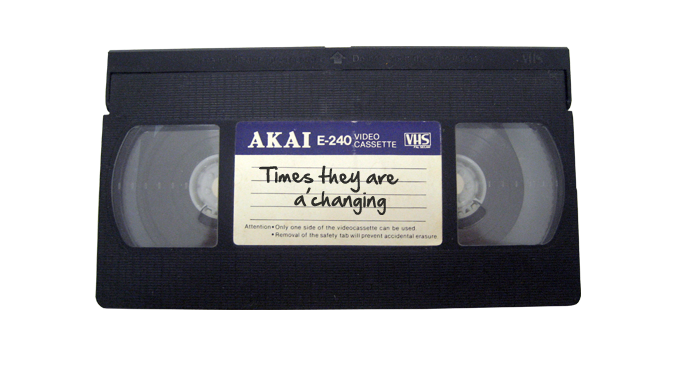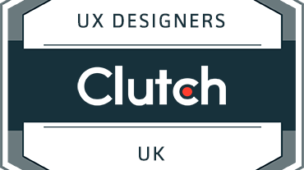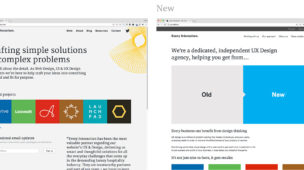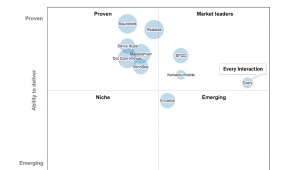The movie and TV broadcast industries are on the brink of chaos. Media ownership and live broadcast models are slowly disappearing.

Streaming/renting content is becoming a more convenient model for users who now have sufficient internet speeds, disposable income and no longer want shelves full of physical media, or have the time to wait around for the program they want to be aired. The internet has broken down all communication & delivery barriers making everything instant, and this is what we now expect of our televisual content. There’s a lot to say on the subject and more authoritative people have said most of it already, so we’re using this post to aggregate a few recent and relevant opinions that we’d like to share.
- Why people pirate and what needs to change to stop it. By Craig Grannell on his blog Revert to saved.
- Why The Movie Industry Can’t Innovate and the Result is SOPA. By Steve Blank on his self-titled blog.
Please contribute anything else you find adds to this topic in the comment thread below.
Update (30/05/2012):
Recently watched this talk by Fred Wilson at paidContent 2012 where he brilliantly lays out where the problems currently lie in the availability of content and the barrier consumers face.


